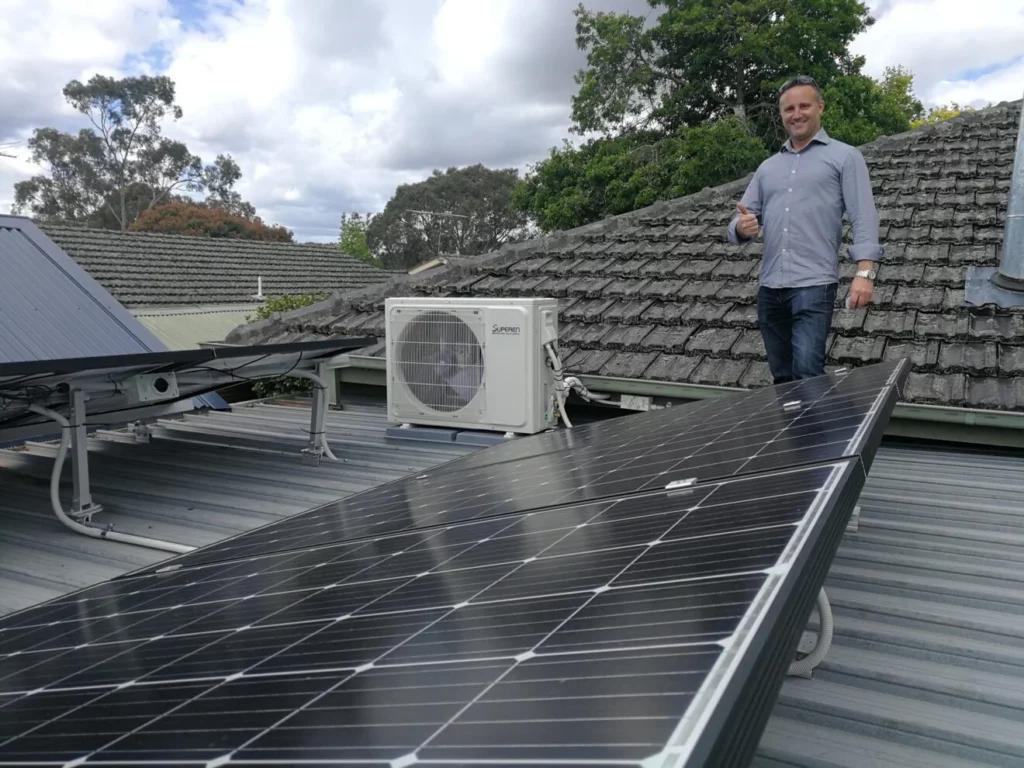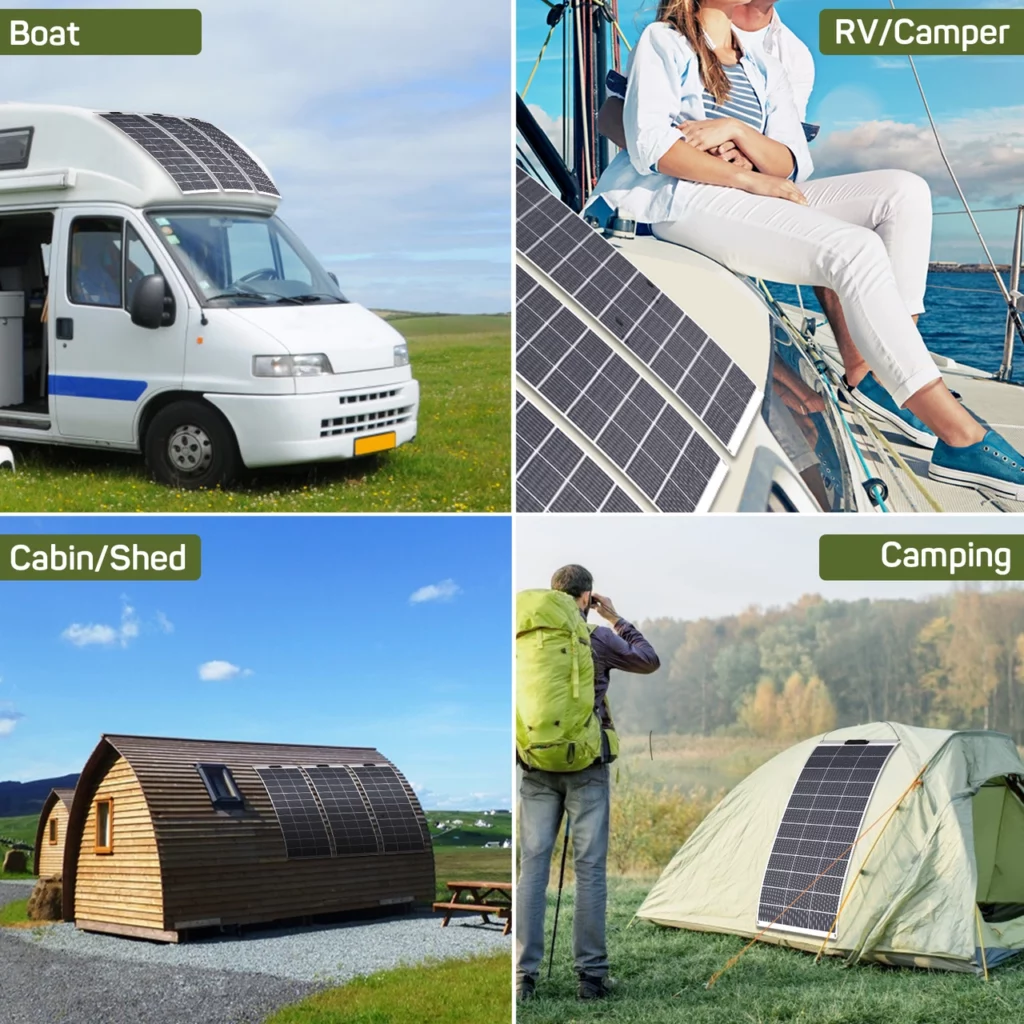The Solar Energy Industries Association (SEIA) publishes a quarterly report about the US solar industry, which is officially called the Solar Market Insight Report.

The latest edition was published on March 10, 2022, and it provides detailed information through the end of fourth quarter of 2021. The SMI report covers the installed PV capacity and average costs per market segment: residential, commercial, community, and utility-scale.
Along with Wood Mackenzie, a global consulting firm with ample experience in the renewables industry, the SEIA forecasts how the US solar industry could grow in the near future.
SEIA analyzes the potential impact of current opportunities and threats, such as the disruption of global supply chains, and how these factors could impact solar installations and their costs.
Here we will provide a summary of the main points in the latest Solar Market Insight Report, focusing on solar costs in the residential sector. We will also cover the installed capacity and number of installations in 2021, which was a record-breaking year for home solar power, despite COVID-19 and global supply chain issues.
What Is the Cost of Solar Power for Homes in 2022?
Each quarter, the SEIA estimates the average cost of solar power across the three main market segments: residential, commercial, and utility scale. To achieve this, they track the wholesale price of solar components, while conducting interviews. They also analyze the installed cost of standard mono-PERC solar panels and other high-efficiency modules.
According to the latest report from March 10, US homeowners can expect to pay $3.10 per watt of installed capacity. The following table summarizes the average prices you can expect for some common system sizes, based on this figure.
